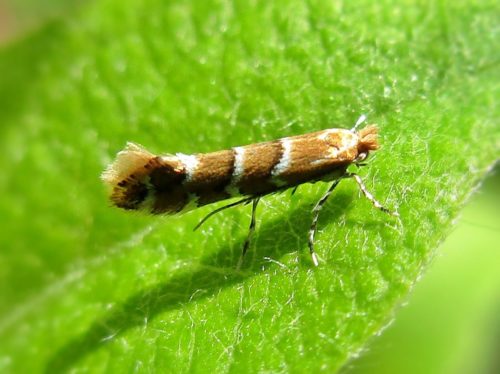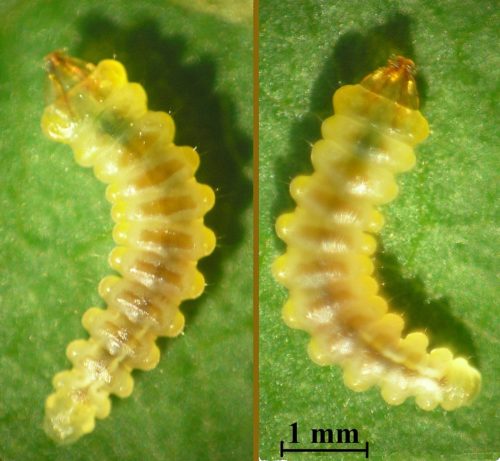The horse chest

Horse chest
The butterfly is about five mm in size, is from China and was first observed in Europe (Macedonia) in 1985. The butterfly has since spread throughout Europe.
The somewhat yellowish larva (caterpillar) is a few mm in size feeds on the mesophyll in the leaves of the tree, damaging the leaves and inhibiting growth. Infected leaves are covered in small brown spots that quickly spread all over the tree and give the tree an autumnal appearance. The damage caused by Horse chest
The butterfly tolerates severe frosts and has few natural enemies in Europe. Tits eat the larvae, but cannot prevent large-scale damage (autumn colors in August) caused by an infestation.
Where to find
- Horse chestnut
- Maple
Control
Remove infested leaves.
Prevention
Provide a tit-friendly environment: great and blue tits eat the larvae of the Horse chest
Wind a sticky strap around the trunk of the horse chest
Hang a pheromone trap in the horse chest

